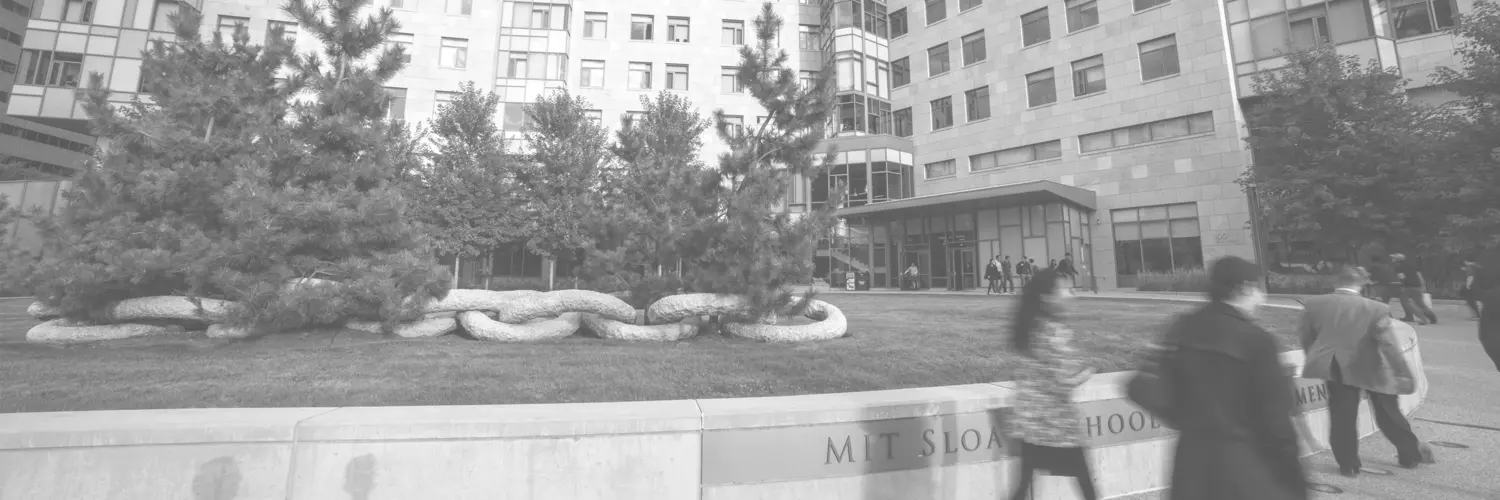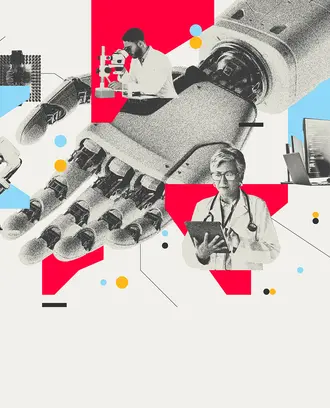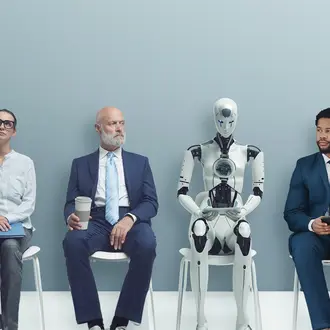What is alt-labor?
Alt-labor describes the informal coalition of organizations that is pushing to advance workers’ rights in the wake of decreased union membership.
“Traditional forms of union representation have declined to the point where advocates inside and outside the labor movement are searching for new strategies that work with today’s economy and workforce,” said Thomas Kochan, a professor at MIT Sloan and faculty director of the school’s Good Companies, Good Jobs initiative. “Most of these new forms are working outside of what is considered traditional collective bargaining, and they are working hard to not get defined as a union.”
Kochan was quick to express dissatisfaction with the term “alt-labor,” which suggests efforts beside, or distinct from, the traditional labor movement. In fact, the movements have overlapping goals, and long-standing unions often support alt-labor organizations. But terminology aside, the need for something like alt-labor is widely recognized. Andy Stern, the former president of the Service Employees International Union, argued in 2004 that, “we aren’t going to rebuild the labor movement to what it was — that workforce and economy no longer exist.” Instead, he said, “we need to transform unions.”
Why now?
The emergence of alt-labor signals the growing need to understand, and, ultimately, put in place protections for, the 21st-century workforce. In the U.S., unions represented 30 percent or more of employed workers from the end of World War II through the 1950s; in 1979, union membership constituted 25 percent of workers. As of 2017, 10.7 percent of workers were in unions, with membership at 6.5 percent in the private sector. There are several reasons for this decline, but uniting them all is the fact that the foundations of labor law no longer fit the world of today’s employment. A frequently unachievable majority vote is needed to establish unions; management has gotten more sophisticated in its resistance to the unionization process; and the issues that concern employees “have changed in ways that don’t conform to the scope of bargaining anticipated or protected under the National Labor Relations Act,” Kochan said. This law, which passed in 1935, mandates bargaining with unions only on issues of wages, hours, and working conditions. Employees today, of course, are invested in the protection of wages, hours, and working conditions, but they are also deeply concerned about issues such as promotion opportunities and technology taking their jobs. By law, employers do not need to deal with unions on these concerns. Moreover, the growing ranks of freelancers and independent contractors are excluded from coverage of labor law entirely. Such outdated constraints have spurred the growth of alt-labor.
New strategies for a new labor movement
In 2001, a group of Florida agricultural pickers known as the Coalition of Immokalee Workers launched a boycott of Taco Bell, in an effort to secure better pay and working conditions for the farmworkers who pick the Florida tomatoes sold to the restaurant chain. Four years after the boycott began, Taco Bell’s parent company agreed to the Workers’ demands. This strategy of heavily publicized campaigning and secondary boycott would have been impossible for traditional unions under the National Labor Relations Act. To begin, the agricultural sector is exempt from coverage under the act. But, beyond that, boycotts that extend up or down the supply chain are impermissible, and retailers have no obligation to negotiate with the workers of their suppliers. “Taco Bell would have said, ‘Hey, talk to the farmer’,” Kochan explained. Alt-labor’s mobilization outside the legal structure of the National Labor Relations Act gives it access to several novel tools in the workers’ rights movement. Kochan highlighted three examples demonstrating how alt-labor is capitalizing on this blank canvas. Coworker.org provides a platform on which employees can launch and join campaigns to improve workplace conditions. “They’re getting real results from employers,” Kochan said, pointing to efforts by Starbucks workers to exert more control over their schedules. He also noted OUR Walmart, which uses machine learning technology to answer employees’ questions about workplace rights. Restaurant Opportunities Centers United, among other tactics, publicly commends and promotes restaurants that practice fair labor management practices. Though all of these approaches hold promise, Kochan recognized one major shortcoming: a lack of durability. “This unfortunately doesn’t produce an organization that can go back to McDonald’s or Amazon and say, for instance, ‘All right, we got you to increase wages last time. Now it’s time to bargain for better healthcare benefits.’”
The question of sustainability
Questions about long-term influence of alt-labor advocacy are made more pressing by the ongoing and unsolved challenge of revenue collection. “Unions have a standard model in which people pay union dues,” Kochan said. “None of the emerging forms of worker voice have figured out a sustainable business model.” Though Coworker.org has been successful in pushing for workplace improvements, for instance, it doesn’t charge for its services; philanthropic groups such as the New Venture Fund support its work. “Most rely on a combination of support from foundations and some fees for services here and there,” Kochan said. Recruiting membership, too, is an uncertain prospect. Unions maintain an infrastructure of employees who are paid to support and represent their workers. Alt-labor organizations rely largely on the generosity of volunteers who recruit their coworkers. Not only must volunteers give their time without compensation, but they do so at the risk of retaliation from their employers.
The need for proactive management
Though uncertainties riddle the practical work of alt-labor groups, they are responding to a deep and important current of dissatisfaction among workers who experience a gap between the voice that they expect to have at their jobs and the voice they feel that they have. “Management had better start to listen to the workforce,” Kochan said. “And it better recognize that if it doesn’t start to look at more sensible forms of labor law, of labor policy, then it will be in a reactive position when the public does finally stand up and say enough is enough.” Such a public trial of today’s labor law may not be in the near future, and nor will it be a guarantee of progress, but there are hints of a growing awareness around the need to revisit labor concerns. Kochan pointed to the #MeToo movement. Though not often framed as a labor question, many of the experiences relayed involve people who feared retaliation if they raised concerns of sexual harassment and assault in work-related settings. Business can either resist these changes and risk intensifying an eventual confrontation with employees, or “business can respond in a proactive and reasonable way and start looking at what kind of labor law changes and what labor policies and practices they should be supportive of,” Kochan said. “This approach could help defuse the high levels of frustration and the potential for an explosive response.”



